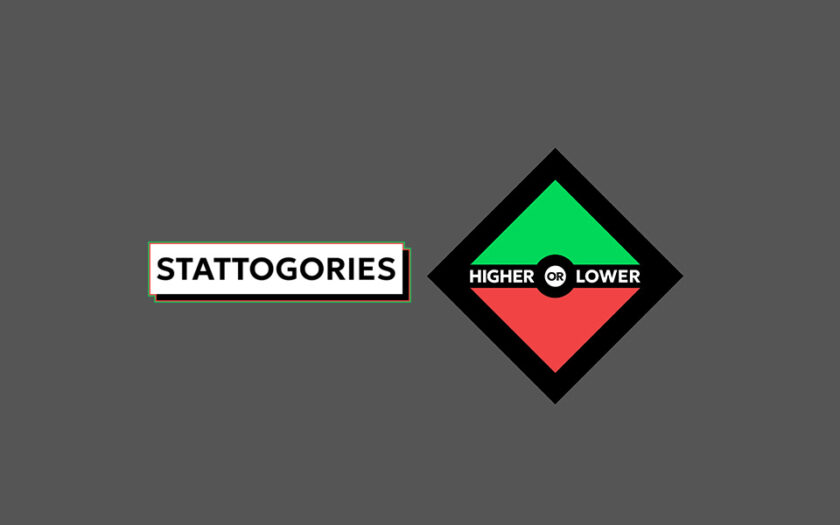In the world of game development, names matter. They’re the first impression, the initial hook that draws players in and sets the tone for what’s to come. So when the time came to reconsider the name of my game, formerly known as STATTOGORIES, I knew it was a decision not to be taken lightly.
After much consideration, I made the bold choice to rebrand it as the “Higher or Lower Game.” Why? Well, there are several reasons behind this pivotal decision, each contributing to a more accurate representation of the game and its essence.
First and foremost, clarity is key. When I initially named the game STATTOGORIES, I aimed to capture its essence: a fusion of stats games split out by categories. However, as the game gained traction and more players engaged with it, it became apparent that the name didn’t quite hit the mark. Despite its clever play on words, STATTOGORIES failed to convey the fundamental mechanic of the game: predicting whether the next statistic would be higher or lower than the previous one.
One of the key factors that influenced my decision to change the game’s name from STATTOGORIES to Higher or Lower Game was the recurring issue of readability and typing difficulties associated with the former. Despite its cleverness, STATTOGORIES often left players scratching their heads, struggling to pronounce or remember the name correctly. This not only posed a barrier to effective communication but also hindered word-of-mouth promotion and searchability. By opting for a more straightforward and phonetically intuitive name like Higher or Lower Game, I aimed to alleviate these challenges, ensuring that players could easily recognize, recall, and share the game with others without stumbling over its name.
As I observed players interacting with the game, I noticed a recurring theme—they were referring to it as the “Higher or Lower Game.” This simple, straightforward moniker resonated with players, accurately encapsulating the core gameplay mechanic in just a few words. It was clear that the name “Higher or Lower Game” was not only more intuitive but also more descriptive, providing potential players with a clearer understanding of what to expect.
Moreover, embracing the name “Higher or Lower Game” aligned perfectly with my vision for the game’s accessibility and appeal. By adopting a name that explicitly communicates the gameplay mechanics, I aimed to make the game more inviting to a broader audience. Whether you’re a casual gamer looking for a quick diversion or a statistics enthusiast seeking a challenge, the name “Higher or Lower Game” instantly conveys the interactive experience awaiting players.
Additionally, the decision to change the game’s name offered an opportunity for rebranding and revitalization. With a new name comes renewed interest and curiosity, enticing both existing players and potential newcomers to revisit or discover the game afresh. It’s a chance to breathe new life into the project and continue evolving it in line with player feedback and preferences.
In essence, the transition from STATTOGORIES to Higher or Lower Game represents a strategic decision rooted in enhancing clarity, accessibility, and overall player experience.
So, whether you’re a seasoned player or encountering the game for the first time, I invite you to experience the thrill of predicting whether the next statistic will be higher or lower. Welcome to the new Higher or Lower Game – where every guess is a chance to rise to new heights or epic fails.

